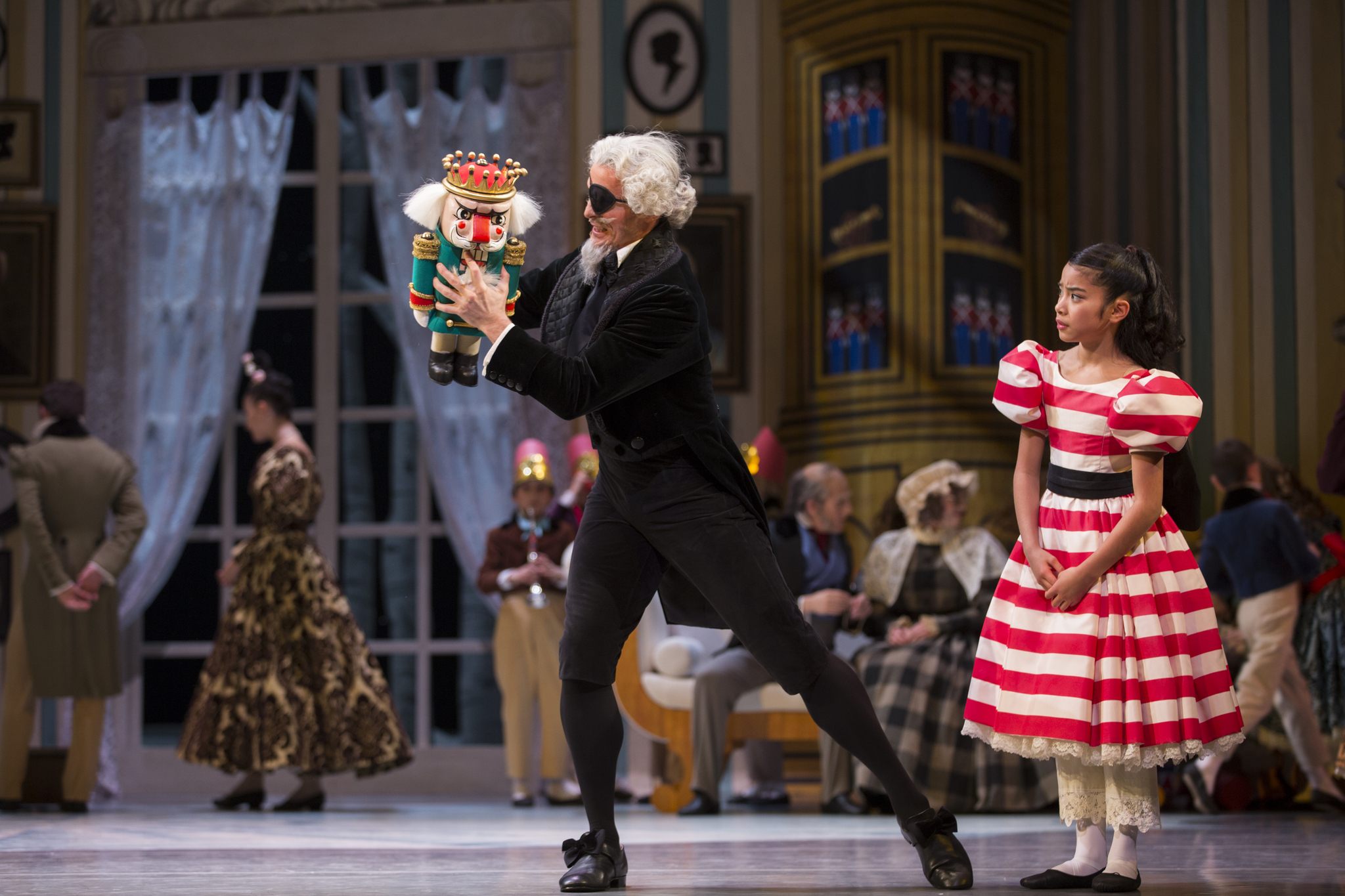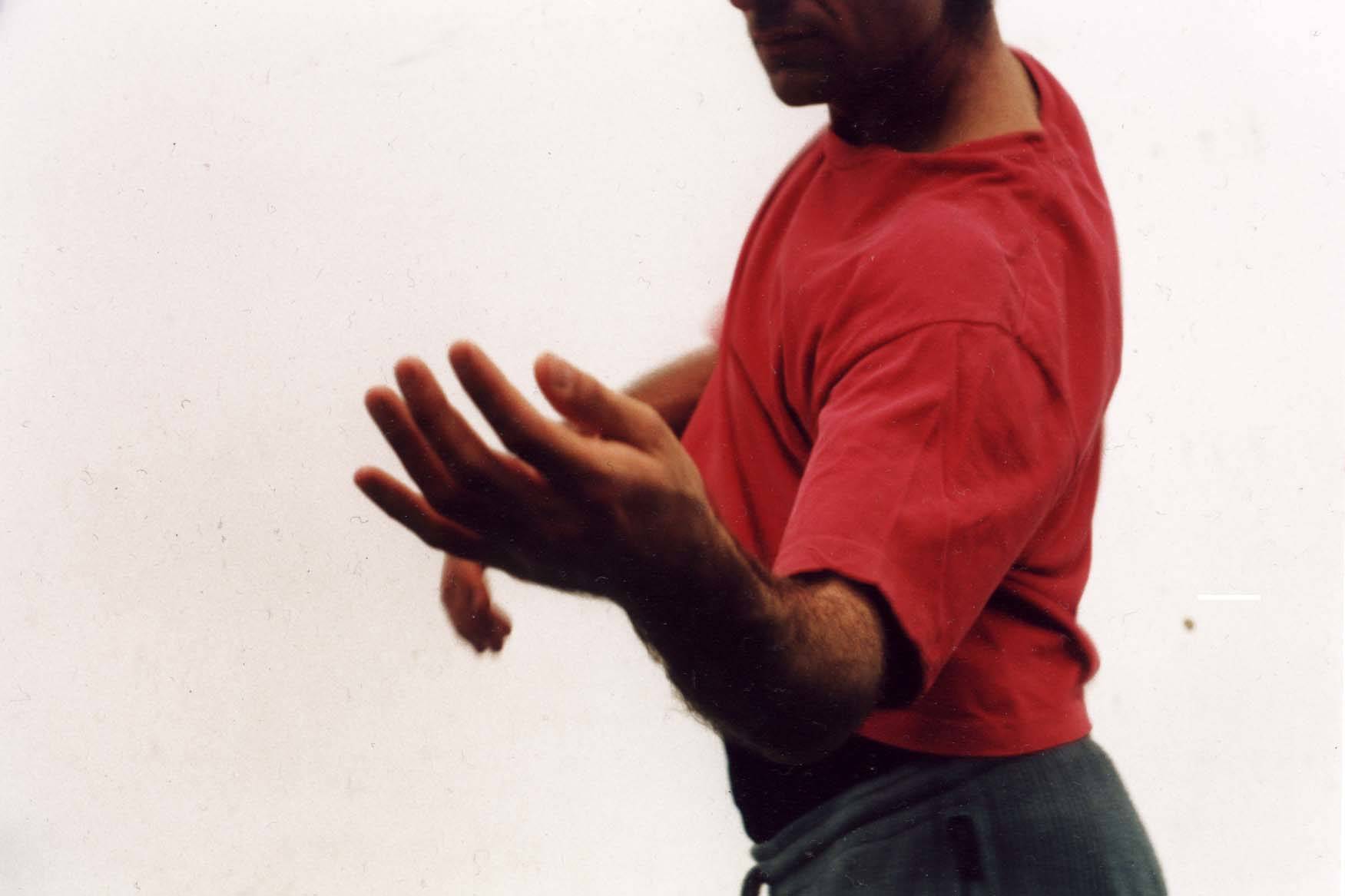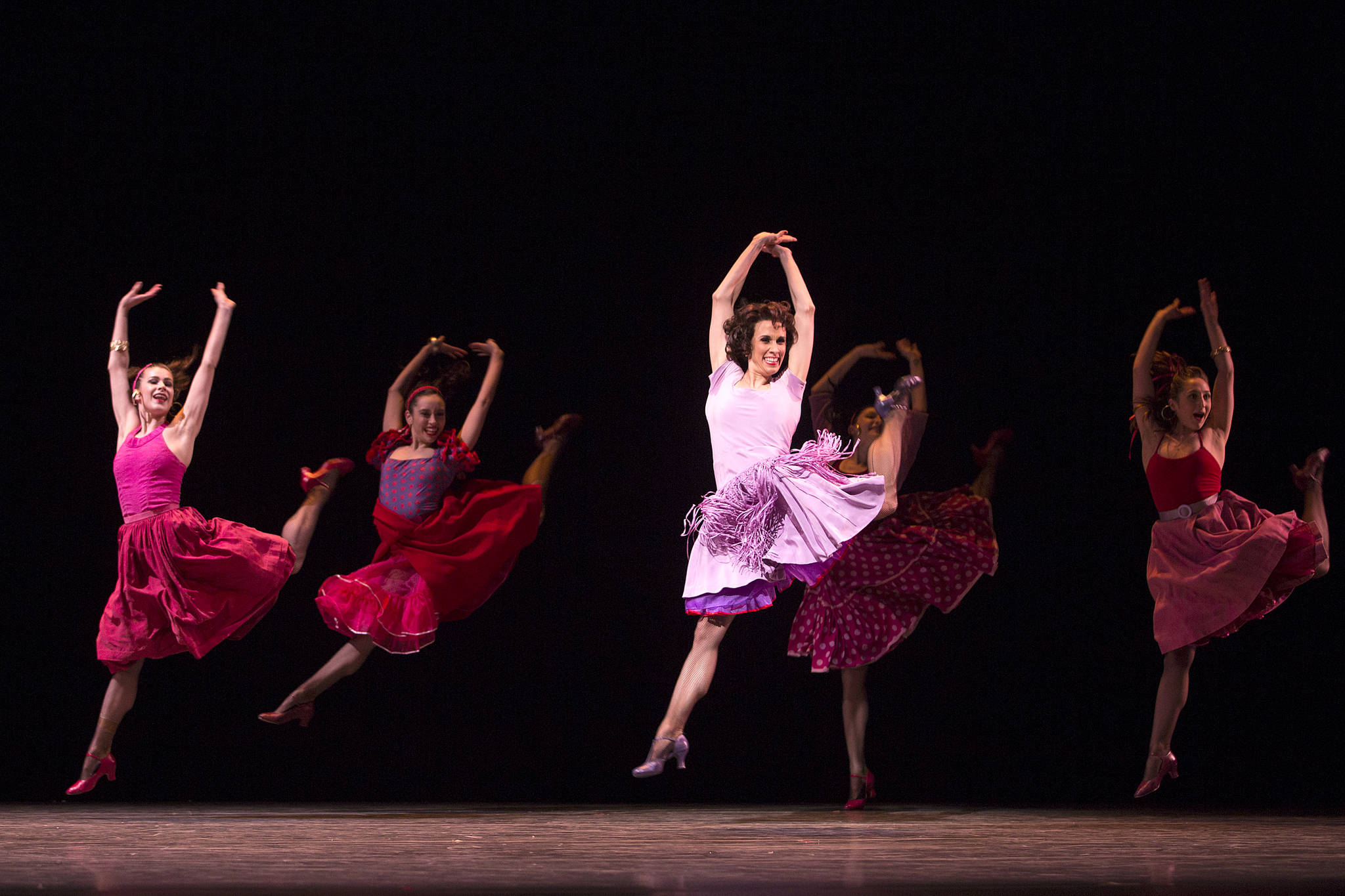A colleague of mine says that, as far as The Nutcracker is concerned, there are two kinds of audience member: Act 1 people and Act 2 people. Act 1 is full of narrative, with a happy family party and a wild imaginary battle, ending in a snowstorm; Act 2 is almost all straight-ahead dancing, with a tiny bit of story there to glue it together. Pacific Northwest Ballet’s production of George Balanchine’s The Nutcracker serves both groups, with plenty of cozy details in Act 1 and heaps of neoclassical dazzle in Act 2.
After 31 years with a production by founding artistic director Kent Stowell, PNB switched out their Nutcracker last year, bringing in this production featuring choreography by Balanchine and designs by children’s illustrator Ian Falconer. Its premiere season was a great success, with dynamic performances greeted by enthusiastic audiences. This second year is a chance to fine-tune that show—polish the good bits and tinker with any soft spots—but the only changes they’ve made are to add more good things.
Current director Peter Boal first saw the Balanchine choreography as a small child, and remembers feeling antsy during the extended overture and violin solo in Act 1. His contribution last year was an animated film by Straightface Studios, setting the location with a flying pass through a small New England town to start the evening; this year they’ve added another short film, bridging the action between the end of the family party and the enchanted battle under the Christmas tree that follows.
Falconer’s designs for Act 1 are grounded in 19th-century New England, with old-fashioned silhouette drawings on the wall and bell-shaped skirts with big bows at the back. Act 2 leaves realism far behind, replacing it with candy-cane columns and gigantic gelatin molds. The choreography matches those distinctions: The dancing in Act 1 is generally modeled on the social dances of the time, with a couple of virtuoso turns for a set of mechanical dolls. Though it finishes with a big ensemble as a snowstorm, the lion’s share of the classical work is in the second act.
On opening night, Leta Biasucci ruled Act 2 as the Sugar Plum Fairy. She can be both light and sharp, which matches the fragile sound of the celesta in her variation. Tchaikovsky was the first composer to use the instrument, and it’s become synonymous with his music for the ballet. Benjamin Griffiths was a very attentive partner, almost self-effacing in their duet, but opened up grandly in his own variation, slicing cleanly through a series of turning jumps. Noelani Pantastico was a buoyant Dewdrop in the “Waltz of the Flowers,” darting through the wheeling lines of the corps. Rachel Foster led the Marzipan Shepherdesses with a clear sense of line and rhythm, while Laura Tisserand added a welcome sense of mystery in the Arabian solo, a balleticized version of a danse du ventre. And throughout the show we see masses of child performers, matching the enchanted children in the audience. McCaw Hall, 321 Mercer St., 441-2424, pnb.org. $25–$190. Times vary. Ends Dec. 28.








